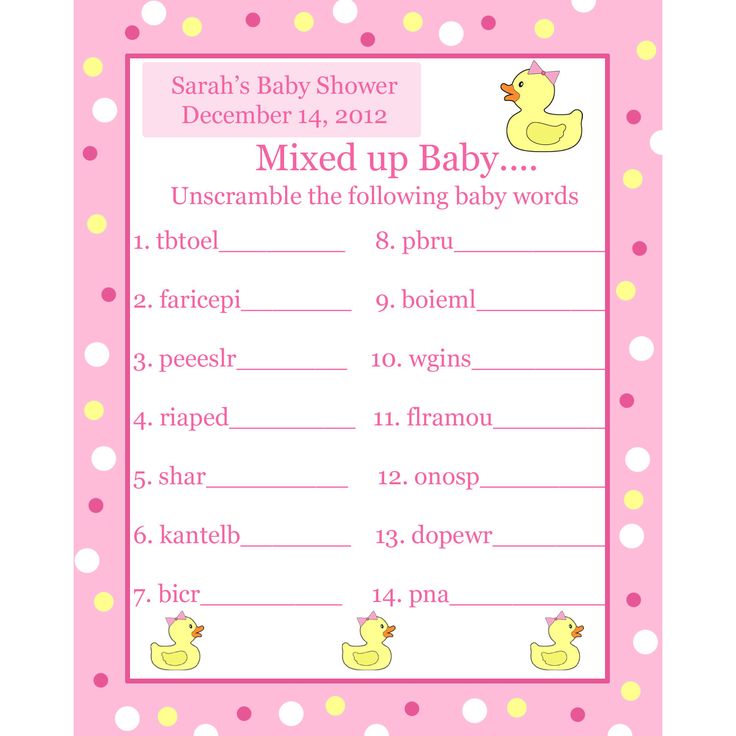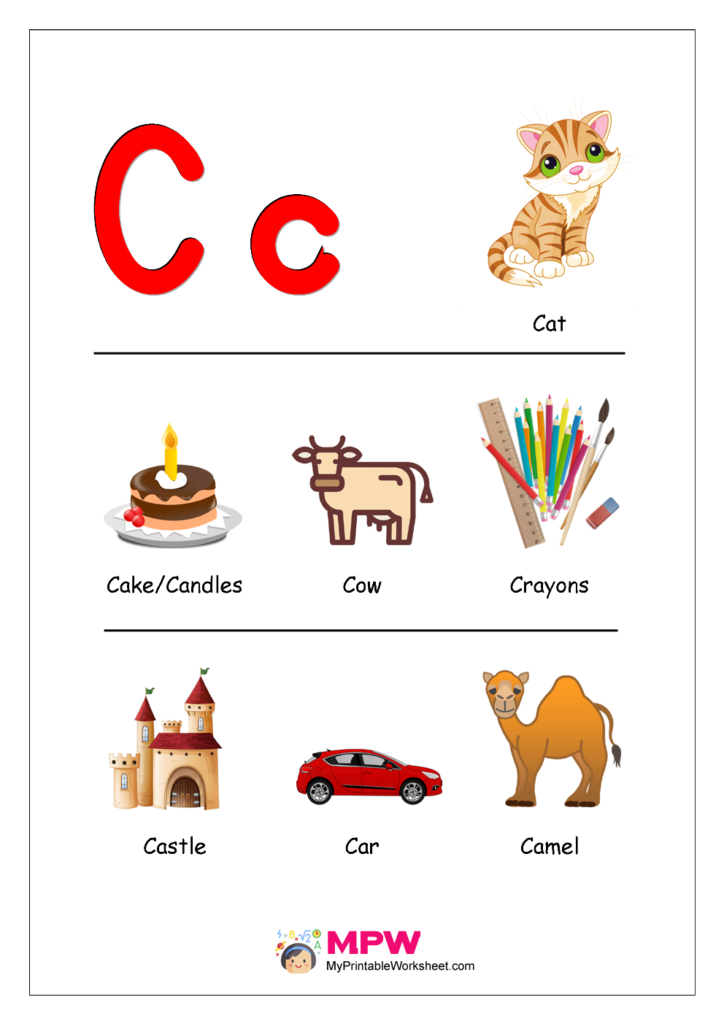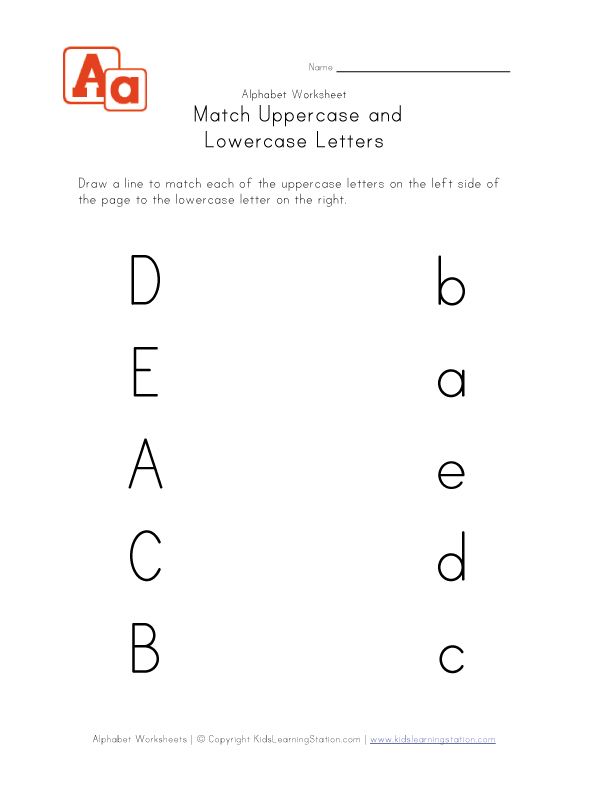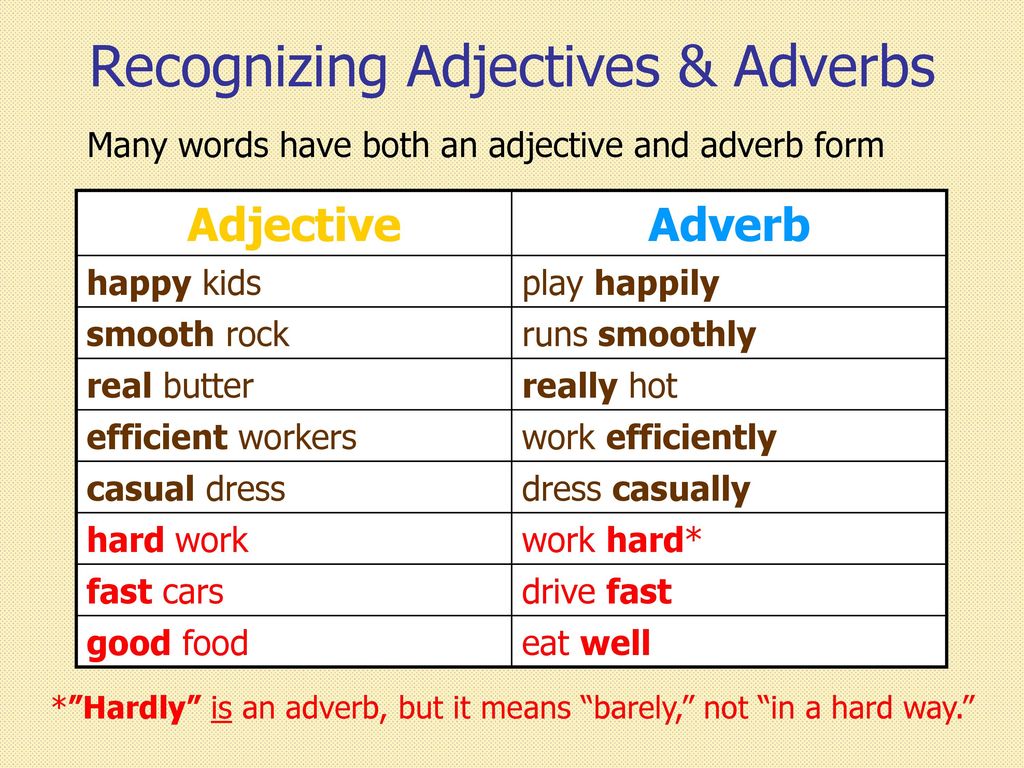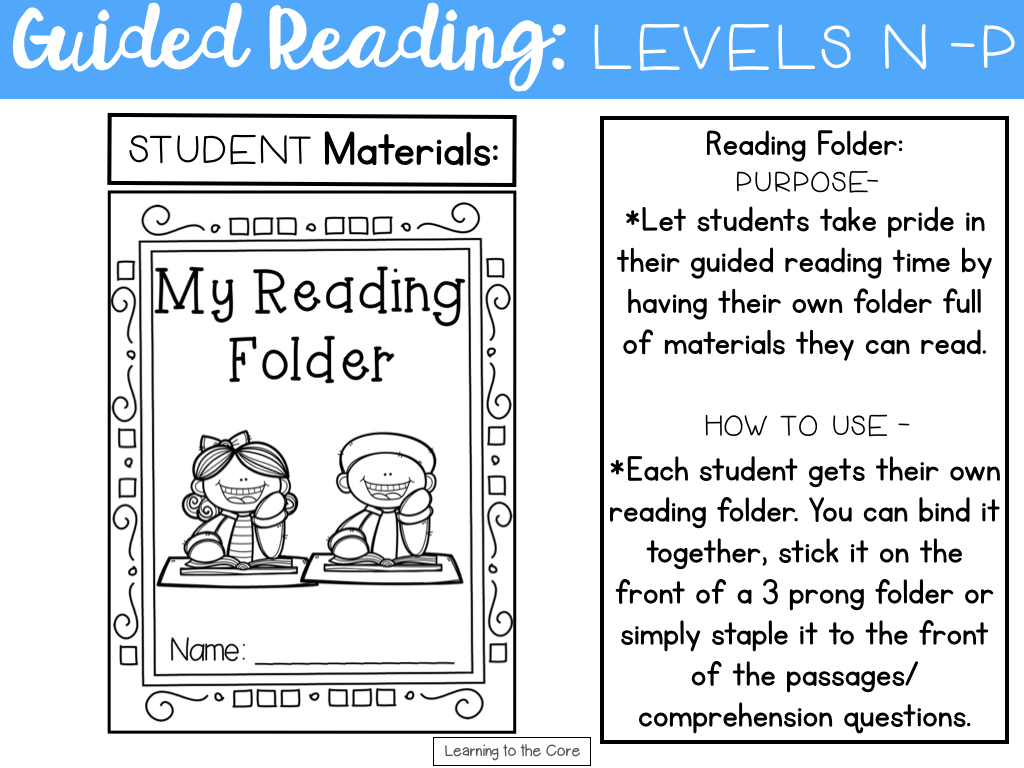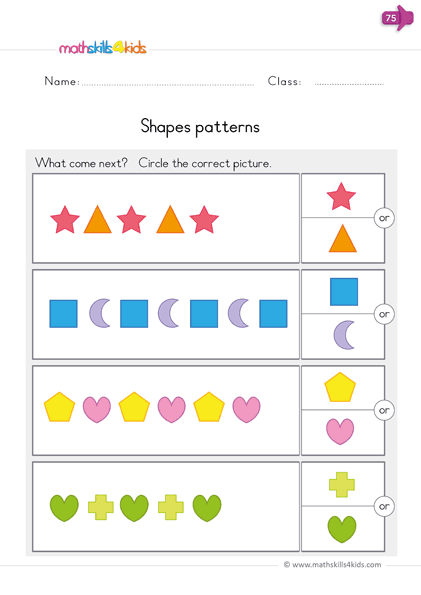How to determine reading level of a text
5 Accurate Methods for Measuring Text Readability
Skip to content 5 Accurate Methods for Measuring Text ReadabilityReadability refers to the ease in which a text can be read. In order to accurately determine a text’s readability, many factors need to be considered and calculated. Precise computer algorithms are formulated to analyze multiple components of a text including word count, sentence length, characters per word, etc. Several of the most widely used readability scoring methods are listed and explained below. Each scoring method analyzes different factors, meaning results are also varied. When analyzing text readability, a combination of scoring methods will provide the most consistent and reliable results. Links to free text analyzers are included at the bottom of the post.
Flesch Reading Ease and Flesch-Kincaid Grade Level
History
The Flesch Reading Ease test was developed in the 1940s by Rudolph Flesch, a consultant for the Associated Press, to improve the readability of newspapers. Flesch’s innovative new test produced a score that aligned the text with a corresponding grade level. Thirty years later, Peter Kincaid and a team of Navy researchers improved upon Flesch’s formula, making the test easier to use.
Key Points
- The Flesch-Kincaid Grade Level score aligns the text with a US grade level. For example, a score of 8.4 indicates that the text will be understood by an average student in 8th grade.
- Flesch-Kincaid readability scores are useful any time you want to quickly measure how easily students will understand a piece of text.
- Flesch-Kincaid is one of the most widely recognized readability scoring formulas, making it an extremely reliable measure of text readability.
Factors
- Average Sentence Length
- Average Word Length
Dale-Chall Score
History
The Dale-Chall vocabulary-based scoring method was created by researchers Edgar Dale and Jeanne Chall in a 1948 article titled “A Formula for Predicting Readability”. The formula scores readability using a list of 3,000 words familiar to most fourth grade students.
The formula scores readability using a list of 3,000 words familiar to most fourth grade students.
Key Points
- The Dale-Chall formula is best suited for grades four through ten.
- Text readability is computed based on the number of words in the passage that are not on the list of 3,000 familiar words.
- The greater the number of unfamiliar words in a piece of text, the higher the score (scores are equivalent to grade levels). For example, a score of 4.9 or lower means the passage is comprehensible for the average 4th grade student.
Factors
- Percentage of Difficult Words
- Average Sentence Length
Lexile Framework
History
The Lexile Framework was developed in the 1980s by educational researchers A. Jackson Stenner, Ph.D and Malbert Smith, Ph.D. who wanted a better measurement system for reading and writing.
Key Points
- The Lexile Framework is a system for matching readers and text.
 Lexile measures are represented by a number followed by an “L” (such as “800L”) and range from below 0L for beginning readers and texts to above 1600L for advanced readers and texts.
Lexile measures are represented by a number followed by an “L” (such as “800L”) and range from below 0L for beginning readers and texts to above 1600L for advanced readers and texts. - Generally, longer sentences and words of lower frequency lead to higher Lexile measures, while shorter sentences and words of higher frequency lead to lower Lexile measures.
- Scholastic’s Reading Counts program uses the Lexile Reading Framework to match readers with appropriate text levels.
- Lexile ranges vary for each grade level. Click here to see the Lexile ranges for each grade.
Factors
- Word Frequency
- Average Sentence Length
Powers-Sumner-Kearl Readability Formula
History
The Powers-Sumner-Kearl Readability Formula was created by researchers R.D. Powers, W.A. Sumner, and B.E. Kearl in an effort to modernize the existing readability formulas. It was first published in 1958 in the
Journal of Educational Psychology.
Key Points
- The Powers-Sumner-Kearl formula is most appropriate for text directed at children between the ages of seven and ten, or between second and fourth grade.
- The Powers-Sumner-Kearl formula is not considered useful for children’s literature above a reading age of 10.
Factors
- Number of Words
- Average Sentence Length
- Number of Syllables
The Fry Graph
History
The Fry Graph Readability Formula was developed by Fulbright Scholar Edward Fry in the 1960s. It is often selected as a scoring method for its simplicity and accuracy.
Key Points
- The Fry Readability Formula assigns a grade level to a passage of text. The grade level is determined by plotting the average number of syllables and sentences on the Fry Readability Graph.
- The Fry Readability Graph has two axes: the average number of syllables (x-axis) and the average number of sentences (y-axis) per 100 words.
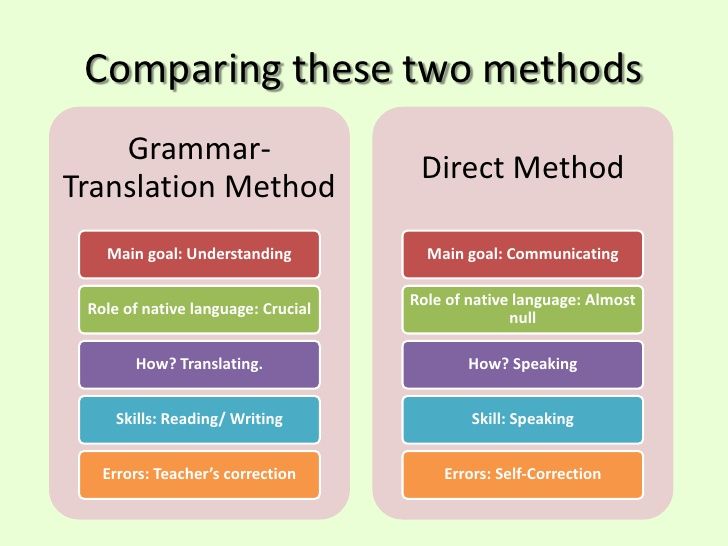 Passages of text that are at least 100 words can be plotted on the graph to determine the corresponding grade level.
Passages of text that are at least 100 words can be plotted on the graph to determine the corresponding grade level.
Factors
- Average Number of Sentences (per 100 words)
- Average Number of Syllables (per 100 words)
Free Text Readability Analyzers
Click on the links below to access the free text readability analyzers.
readable.com
datayze.com
lexile.com
readabilityformulas.com
Support reading comprehension with graphic organizers! Download 20 printable, editable, and digital graphic organizers for use with fiction and nonfiction text.
I have found that students can visualize things much better when they are able to use graphic organizers. This is a great resource for that. Thank you for creating this! -Misty P.
Tags
assessment Book Lists Book Reviews character analysis classroom supplies close reading collaboration Common Core Constitution critical thinking current events curriculum differentiation digital resources Earth Day engagement English Language Learners English Learners freebie GIST summary Google Classroom graphic organizer group work learning centers Lesson Plan map lesson oral presentations poetry pre-writing primary source analysis printable public speaking reading comprehension reading strategies reciprocal teaching research speeches station activity summary writing text connections US History vocabulary vocabulary activities world history writing instruction
Page load linkGo to Top
| Our Automatic Readability Checker takes a sample of your writing and calculates the number of sentences, words, syllables, and characters in your sample. (Note: We also have separate readability tools to calculate grade levels using the Fry Graph, Raygor Estimate Graph, Spache Formula, and New Dale-Chall Formula, located here: Free Readability Calculators and Text Tools). Directions: Paste in a sample of text and click "CHECK TEXT READABILITY." A sufficient sample size consists of 4-5 full sentences; approximately 200 - 600 words total. For larger texts, such as books, manuals, or dissertations, pull 1-2 sample sizes from each chapter. (Note: We limit the sample size to 3000 words. Sample sizes over 3K words are truncated.) Paste a sample of plain text in the box. Security check - Are you human?: Yes. (Click the box) Our free readability formula tool will analyze your text and output the results based on these readability formulas. Our tool will also help you determine the grade level for your text. 1. The Flesch Reading Ease formula will output a number from 0 to 100 - a higher score indicates easier reading. An average document has a Flesch Reading Ease score between 6 - 70. As a rule of thumb, scores of 90-100 can be understood by an average 5th grader. 8th and 9th grade students can understand documents with a score of 60-70; and college graduates can understand documents with a score of 0-30. 2. 3. The Fog Scale (Gunning FOG Formula) is similar to the Flesch scale in that it compares syllables and sentence lengths. A Fog score of 5 is readable, 10 is hard, 15 is difficult, and 20 is very difficult. Based on its name, 'Foggy' words are words that contain 3 or more syllables. 4. The SMOG Index outputs a U.S. school grade level; this indicates the average student in that grade level can read the text. For example, a score of 7.4 indicates that the text is understood by an average student in 7th grade. 5. The Coleman-Liau Index relies on characters instead of syllables per word and sentence length. 6. Automated Readability Index outputs a number which approximates the grade level needed to comprehend the text. For example, if the ARI outputs the number 3, it means students in 3rd grade (ages 8-9 yrs. old) should be able to comprehend the text. 7. Linsear Write Formula is a readability formula for English text, originally developed for the United States Air Force to help them calculate the readability of their technical manuals. Linsear Write Formula is specifically designed to calculate the United States grade level of a text sample based on sentence length and the number words used that have three or more syllables. StyleWriter software: use it to write better content! Download your free trial! | ||
Read speed test.
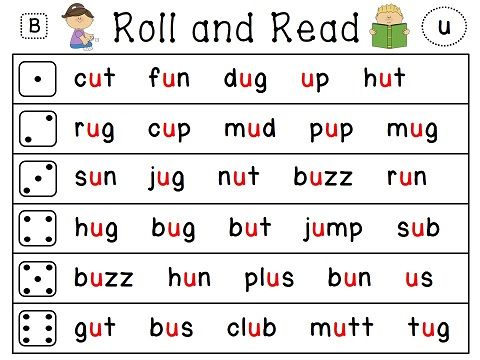 Online simulator for developing reading speed and awareness skills in 2021!
Online simulator for developing reading speed and awareness skills in 2021! Reading speed is an important indicator not only for schoolchildren, who regularly check it. It is very important for an adult in the modern world to be able to navigate in huge flows of information. A reading speed test will help you determine your current level and see if you need to work on improving this skill or if you are reading fluently enough.
Content
1. How to check reading speed?
2. How can I check my reading speed myself?
3. How to test a child's reading speed?
4. What reading speed is considered normal for adults and children?
5. How to choose the right text to test reading speed?
6. The book "Everything you wanted to know about speed reading, but were afraid to ask"
How to check reading speed?
The easiest way is to take a stopwatch (you can use the application on your phone), a text to check your reading speed and read it at a normal pace for one minute.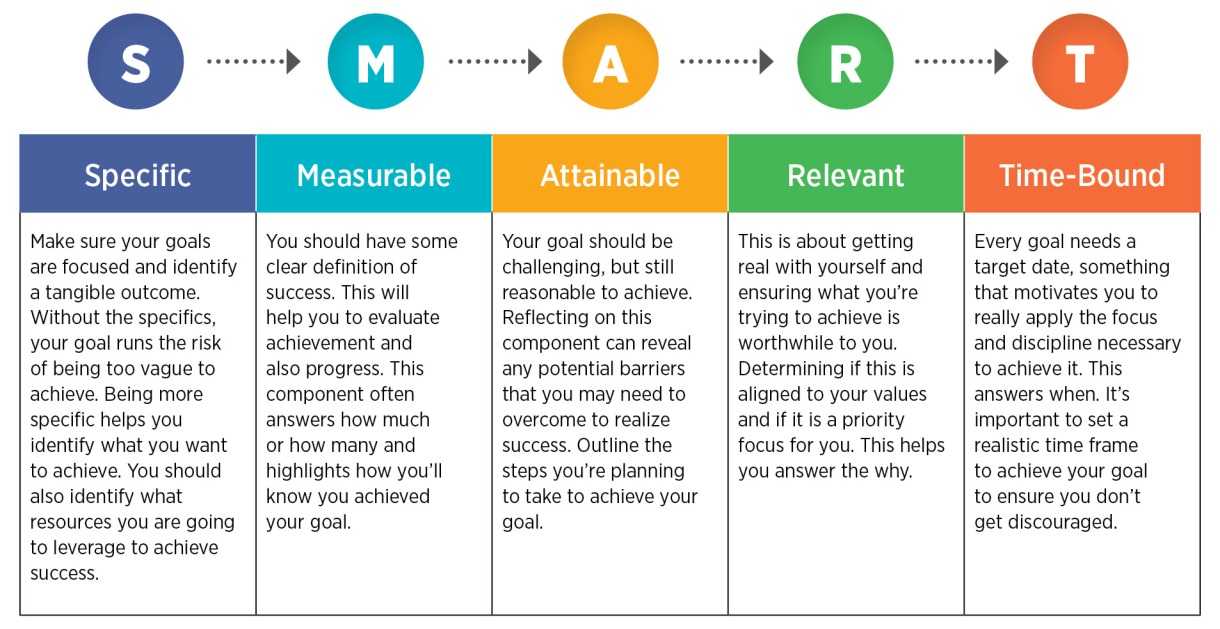 It is important that the text is non-technical, does not contain highly specialized terms and concepts, and is not familiar to the reader. The text should not be too primitive. The testee must see the text for the first time so that the results are not artificially inflated.
It is important that the text is non-technical, does not contain highly specialized terms and concepts, and is not familiar to the reader. The text should not be too primitive. The testee must see the text for the first time so that the results are not artificially inflated.
But what do you care about speed, if you don't understand with what awareness you absorb the text? :)
A much better way to find out your reading speed is to take a free online test. To do this, sit back, enter your name in the form above, press the button and you will immediately see the text that you need to read, slowly, trying to understand everything that is written.
When the entire text is read - click on the button at the very bottom. The program will automatically determine the reading speed and prompt you to answer a few questions to understand the degree of assimilation of the material. As a result of testing, you will receive not only the result of your reading speed and awareness, but also recommendations for improving your reading technique in the format of the book "Everything you wanted to know about speed reading, but were afraid to ask.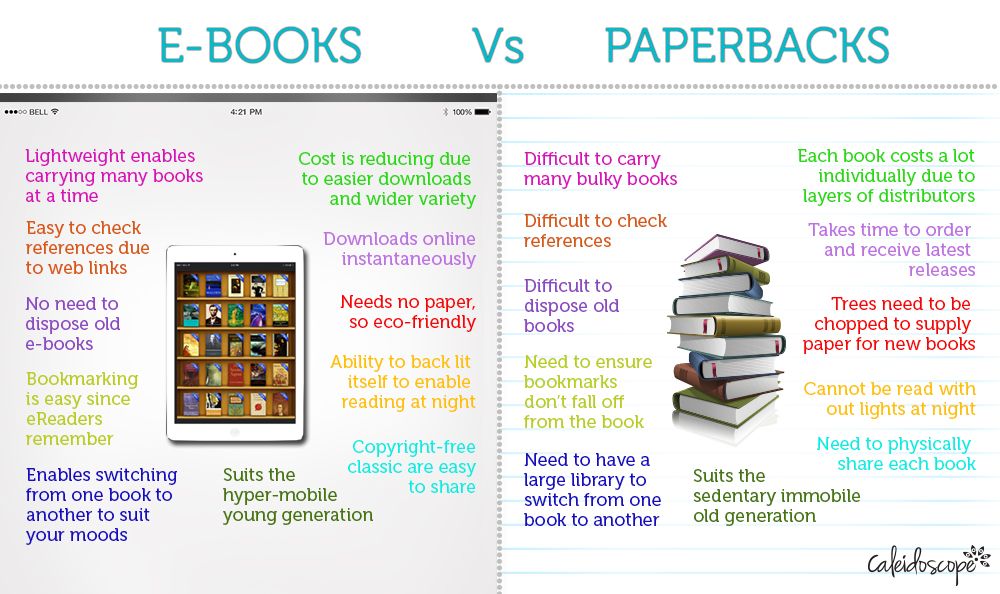 " Enter a name. Click the button and find out your real reading speed. Have a good day.
" Enter a name. Click the button and find out your real reading speed. Have a good day.
How can I test my reading speed myself?
We have prepared for you a tool with which you can independently check the speed of reading. Our tool include a certain amount of text that you need to read as quickly as possible. You will then have the opportunity to answer a series of questions about the text, allowing the program to determine your level of understanding. Based on the data received, a result and a certificate are issued. This certificate can be shared with your friends on social networks and challenge them to a battle to test the speed and awareness of reading :).
If you want to do it yourself, you can do it according to the following scenario. A text of medium complexity is taken, located on one sheet. You will need an assistant who will keep track of the time and will be able to test the level of your understanding of the information. Check algorithm:
Simultaneously with the start command and the start of the stopwatch, you begin to silently read the text.
When the text is finished, you say stop - time stops.
Then you need to answer a few questions regarding the content (reading speed implies a full reading comprehension).
The last step is to count the words in the text and determine the average number of words per minute (words in the text can be counted before reading).
This is the certificate you can get based on the results of passing the test
How to check the reading speed of a child?
A child's reading speed can be tested in a similar way. The child should read aloud, at least in elementary school. Then you can switch to the usual way of checking for adults.
Schools often test reading skills by counting the number of words read per minute. This gives a small error, since words come in different sizes, but a similar verification method can also be used.
What reading speed is considered normal for adults and children?
The average reading speed for an adult is 200-230 words per minute.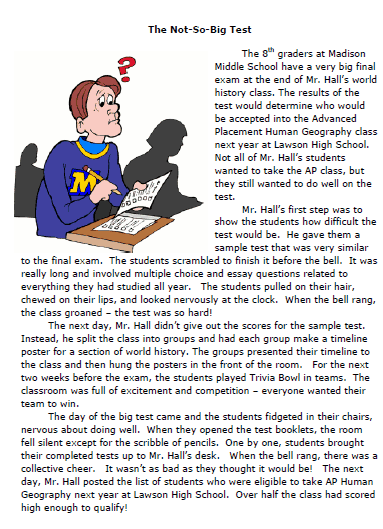 Below average, but an acceptable rate is 150-200 words per minute. Adults who read more than 230 words per minute are considered fast readers. For the speed reading technique, the optimal speed is 350-400 words per minute.
Below average, but an acceptable rate is 150-200 words per minute. Adults who read more than 230 words per minute are considered fast readers. For the speed reading technique, the optimal speed is 350-400 words per minute.
In children, the indicators are dynamic and change depending on age. Approximate norms used in elementary school:
20-30 words per minute for first grade;
45-60 words per minute for second grade;
70-85 words per minute for third grade;
90-125 words per minute for fourth grade.
How to choose the right text to test reading speed?
The criteria for selecting text to test reading speed are identical for adults and children. The only difference is the volume and complexity of the information. The text must match the following parameters:
medium difficulty appropriate for age;
the absence of specific unfamiliar words or their minimum number;
no dialogs;
location on one page;
large, comfortable to read font;
lack of pictures and other distracting elements.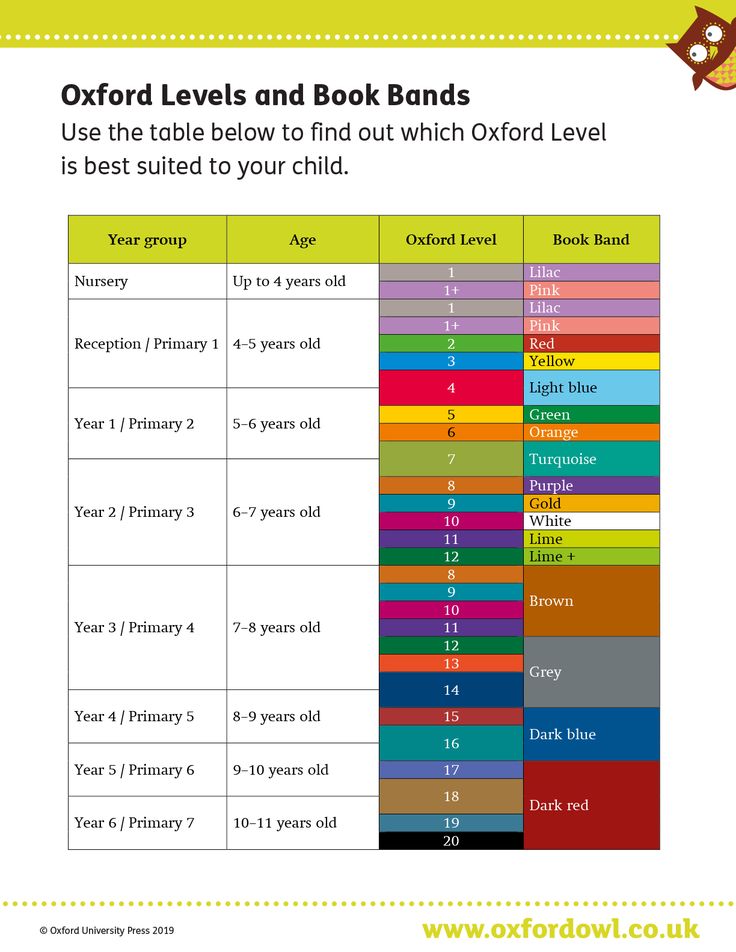
In our tool for testing reading speed and comprehension, we tried to take into account all these factors so that the resulting tool would be convenient for both adults and children. At the same time, he gave a fairly clear answer to the question about the real reading speed.
It should be remembered that reading speed is a variable parameter, which decreases if a person rarely sits down at a book, and increases with constant reading. There are many special techniques aimed at significantly increasing the speed of reading text information.
Everything you wanted to know about speed reading but were afraid to ask test. So don't waste a second,
go back to the very top of the page and go take the test!Reading speed test online is simple, convenient and fast
We have already written so much here about how to correctly measure your reading speed, achieve awareness and interpret the results, that every second of delay before you pass the online reading speed test and receive a personal certificate is just like death.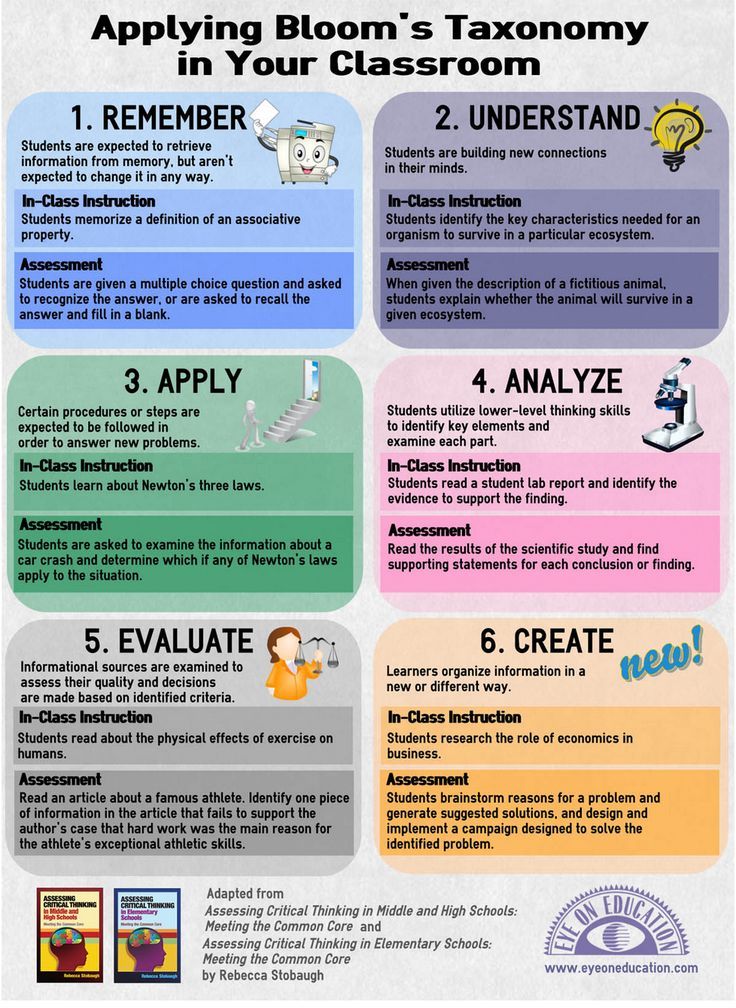 Return to the very beginning of the page, enter your name in the field under the video and go to the enchanting world of unfamiliar texts and tricky questions :).
Return to the very beginning of the page, enter your name in the field under the video and go to the enchanting world of unfamiliar texts and tricky questions :).
📖 Reading speed Q&A section
📕 What formula is used to calculate reading speed?
If it’s very short, then the formula for calculating the reading speed is as follows: V = (Q / T) x K. This formula allows you to get a real figure for reading speed with a correlation to the coefficient of meaningfulness. You can read more about the formula here in this article .
📗 What books do you recommend reading to develop speed reading?
We have compiled a list of the most useful books for the development of speed reading and posted it in a separate post on the blog. The list is constantly updated and gives an idea of the main books with which you can develop speed reading skills.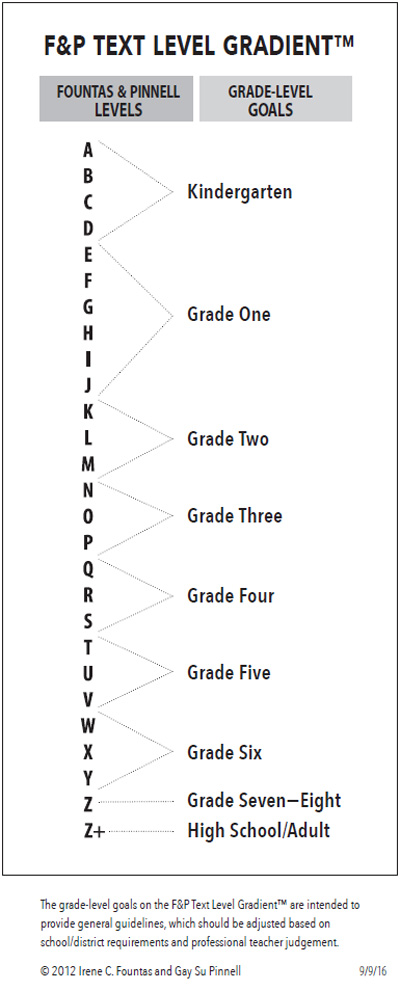
📘 What if I want to increase my reading speed?
You can start by learning the theory, or you can download our workbooks , which we have created especially for those who who wants to start learning speed reading. There are two of them: one notebook for adults, the second for children. Contains some theory and practical exercises designed for several weeks of regular classes.
📙 How to check a child's reading speed?
The reading speed test, which is located on our website, is suitable for both adults, as well as for children. We specifically tried to choose mostly literary texts that will be easy to read. to understand the child. Just go to the reading speed test page from the link above, enter child's name and start reading. Then the program will do everything for you.
📔 I want to check my reading speed online for free.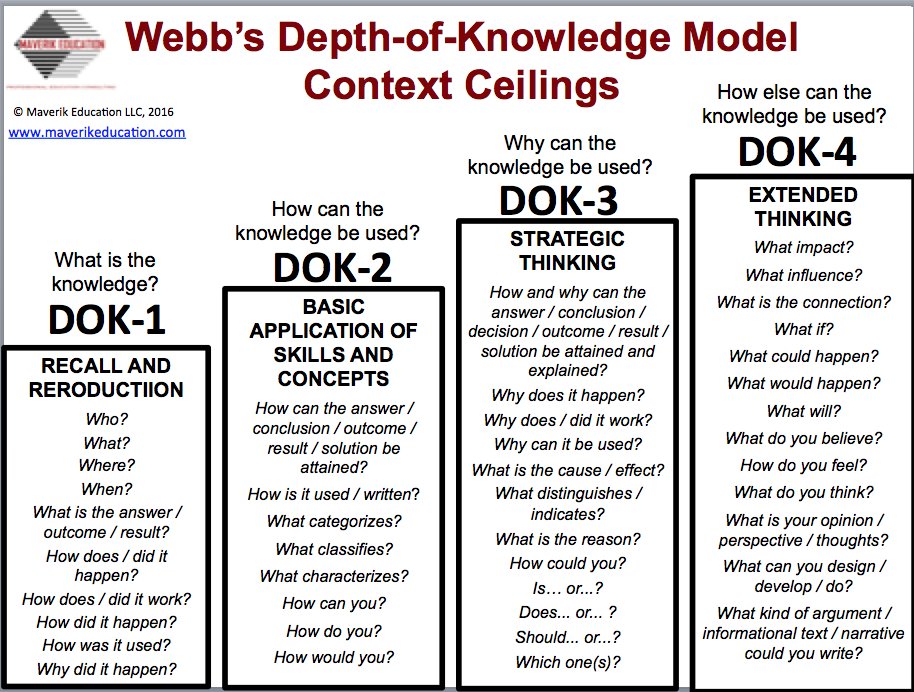 How to do it?
How to do it?
Easier nowhere. The tool, which is located at https://bukva.info/rapid/ , was created just for this. You just enter your name, read the text and answer the questions. The program monitors the speed of your reading and its meaningfulness. After answering the questions, you will receive a certificate with your result. The certificate can be shared with friends in social networks :).
📓 What is the "Read Fast" project?
Read Fast is a project dedicated to the problem of fast and conscious reading. We believe that you can read 3-4 times faster. However, the quality of memory reading material will only increase. Let's try together :).
How to count words when checking reading technique: a cheat sheet for parents. | Community "Education"
Which text to choose?
When choosing a text for a speed test, I advise you first of all to take into account the degree of compliance of this text with the level of preparation of the person being tested.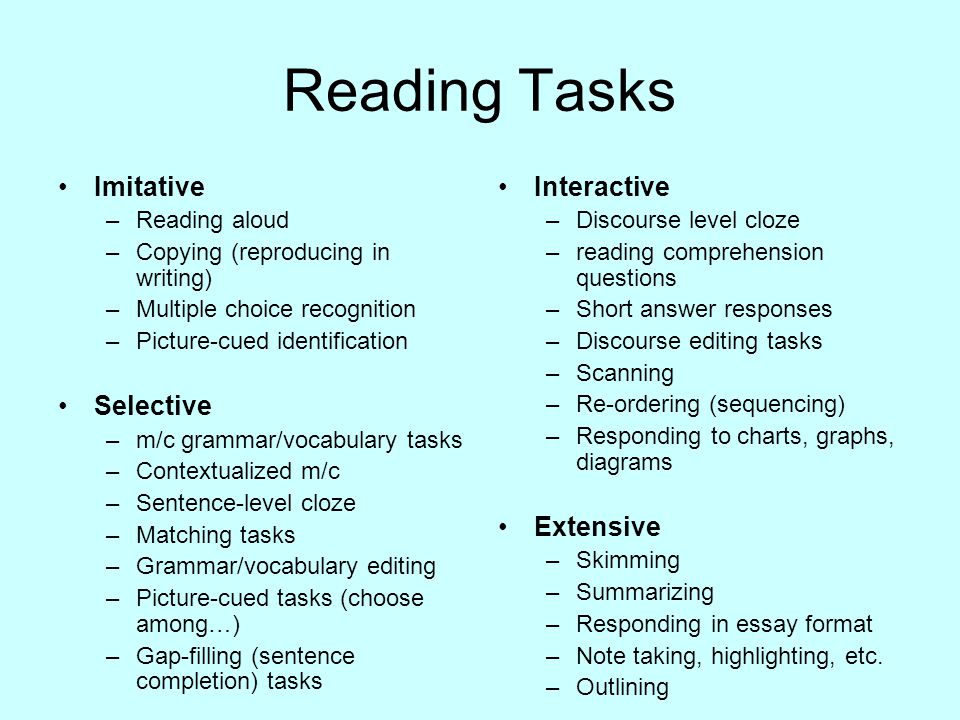
Imagine what will happen if we make a first grader read the Great Soviet Encyclopedia or a fragment of Tolstoy's Anna Karenina at speed? Brain explosion guaranteed.
The text should not be too primitive if we are testing a high school student, and should not be difficult when testing the reading skills of the youngest.
Criteria for choosing a text for students in grades 1-2:
First of all, the content must be new, unfamiliar;
Legible, large enough;
Simple short sentences, no adverbial phrases;
No dialogs;
Avoid long adjectives and rarely used words;
No drawings;
The content must be understandable to the child.
If there is no desire to experiment with the selection of texts, for elementary school you can take Olga Alexandrova's manual, which contains control texts, comprehension questions and a test to assess reading speed.
Get your stopwatch or hourglass ready!
The command "Begin!" The child collects his thoughts and begins to read (someone turns on faster, some slower). We mark the time as soon as we hear the first word. I made a mistake - we don’t speak out loud, but we write it down. Then we count the number of incorrectly read words. If your child is a primary school student, it will be useful for him to follow the text, leading with his finger or pointer.
We mark the time as soon as we hear the first word. I made a mistake - we don’t speak out loud, but we write it down. Then we count the number of incorrectly read words. If your child is a primary school student, it will be useful for him to follow the text, leading with his finger or pointer.
Finished reading. Now let the person being checked answer a few questions in the text like “How?”, “Why?” and why?". Our goal is to find out if he understood what he read.
Count words
Quickly count the number of words read, taking into account the following:
We also count prepositions and conjunctions;
Words that have been transferred are counted as 2 words;
Words with a hyphen - also taken as 2 words.
Subtract the number of erroneously read words from the resulting number.
There is no need to panic if today the reading speed is 50 words, and tomorrow only 20. This is normal. This indicator can be affected by both the child's bad mood, fatigue, and the quality of the text.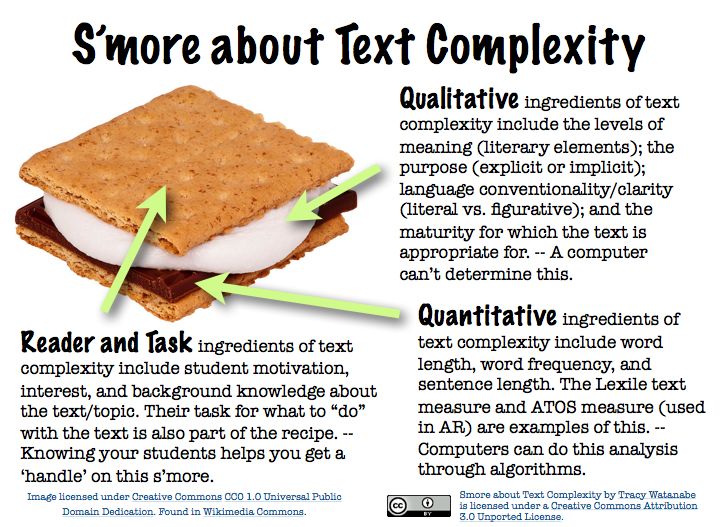 Check the child again, giving him a rest for at least a day.
Check the child again, giving him a rest for at least a day.
Norms of reading technique in primary grades
First grade.
Reading by syllables
Second grade.
At the beginning of the year
We put accents correctly.
We read only large words by syllables
By the end of the year:
We read in whole words, observe stresses and pauses.
Third class.
At the beginning of the year:
Conscious reading.
Stress, intonation.
By the end of the year:
Reading with expression.
Retelling of the content.
Fourth grade
At the beginning of the year:
Reading comprehension.
Own point of view.
By the end of the year:
Reading with expression.
Analysis and personal attitude to what was read.
Don't take these figures too literally - everyone develops at their own pace. Fanaticism is redundant here.
Source: http://my-day.

 Our program takes the output of these numbers and plugs them into seven popular readability formulas. These readability formulas (see below) will let you know the reading level and grade level of your text and help you determine if your audience can read your writing.
Our program takes the output of these numbers and plugs them into seven popular readability formulas. These readability formulas (see below) will let you know the reading level and grade level of your text and help you determine if your audience can read your writing.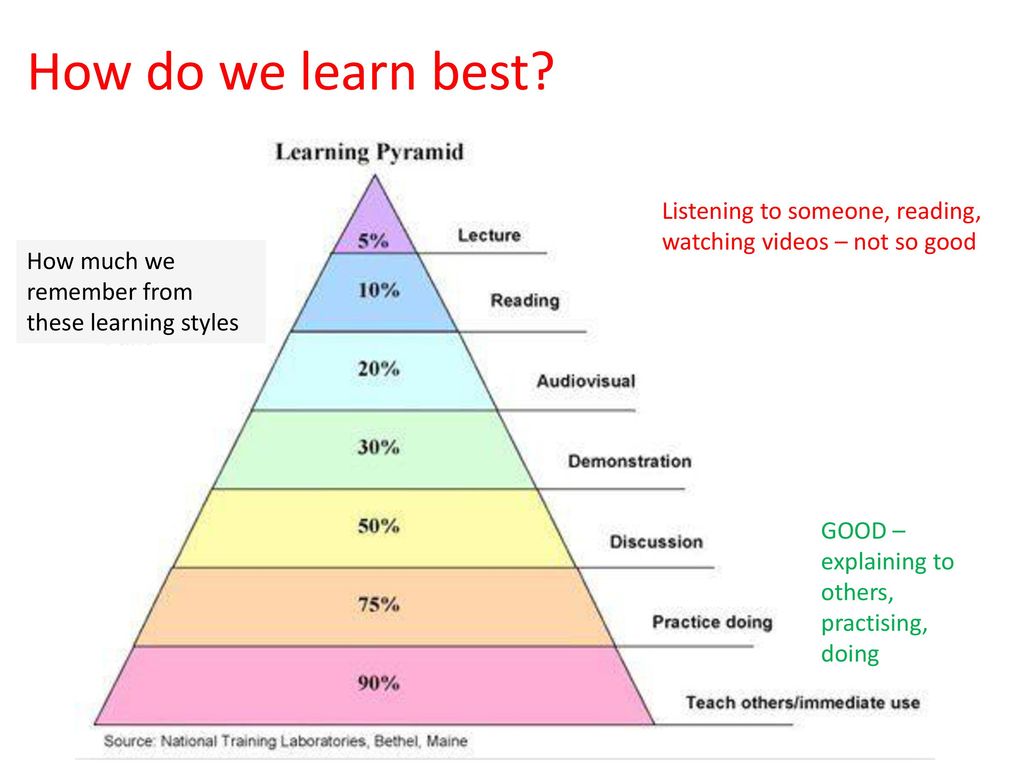 Your sample can be between 150-3000 words. We do not store or reuse your text in any way.
Your sample can be between 150-3000 words. We do not store or reuse your text in any way.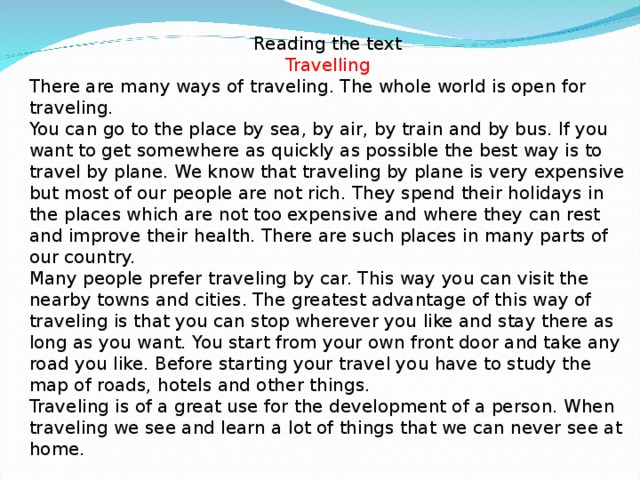 The Flesch-Kincaid Grade Level outputs a U.S. school grade level; this indicates the average student in that grade level can read the text. For example, a score of 7.4 indicates that the text is understood by an average student in 7th grade.
The Flesch-Kincaid Grade Level outputs a U.S. school grade level; this indicates the average student in that grade level can read the text. For example, a score of 7.4 indicates that the text is understood by an average student in 7th grade.  This formula will output a grade. For example, 10.6 means your text is appropriate for a 10-11th grade high school student.
This formula will output a grade. For example, 10.6 means your text is appropriate for a 10-11th grade high school student. 